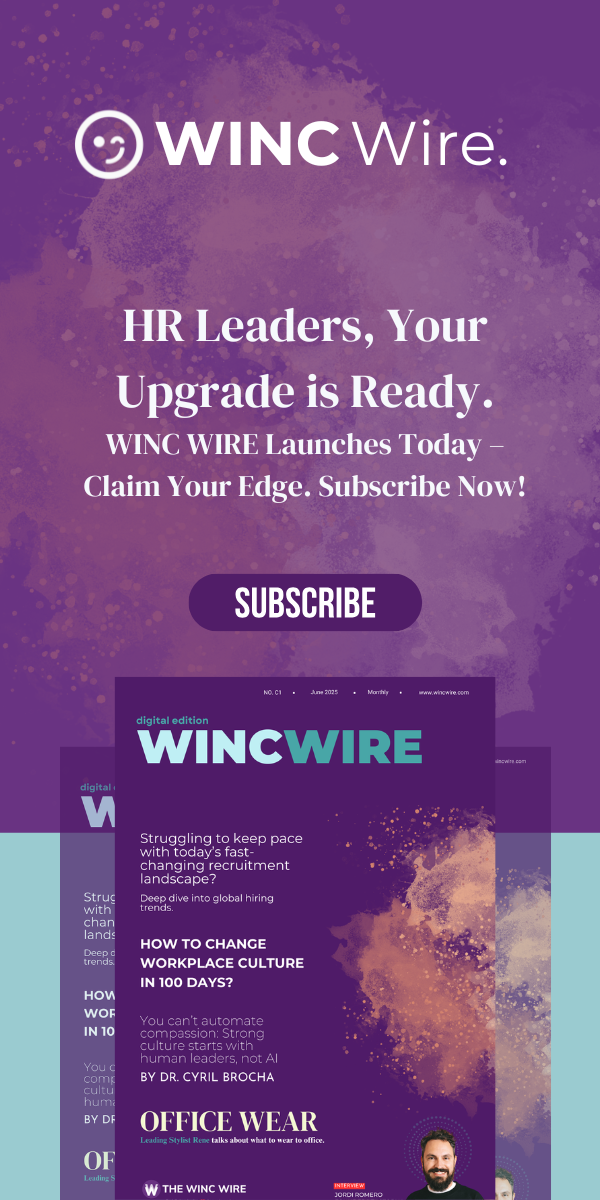Greetings, fellow HR professionals. Today, let’s explore an area that often slips beneath the radar yet holds remarkable potential—the art and imperative of designing employee benefits that speak to the diversity of our workforce.
The Case for Customised Benefits: Honouring Individual Needs
While the working world continues to evolve—through hybrid structures, shifting family dynamics, and fresh wellbeing expectations—many benefits packages still cling to a standard template. The result? A significant portion of employees remain unsupported. A telling statistic: 62% of HR leaders believe their benefits are “only useful to some.” That’s a wake-up call.
To foster truly equitable workplaces, HR must move beyond the surface and delve into benefit customisation where the offer reflects the needs of the people it serves.
What Are We Talking About When We Say “Benefits”?
Let’s start by grounding ourselves. Employee benefits are non-salary provisions aimed at enriching an employee’s working life and personal wellbeing. Examples include:
- Leave and Time Off: Generous leave beyond the legal minimums.
- Health & Risk Cover: Private health, dental, vision, and life insurance.
- Mobility Support: From commuter subsidies to company car schemes.
- Digital Enablement: Technology allowances, software tools, and home-working setups.
- International Mobility: Cross-border secondments and cultural immersion opportunities.
Benefits like these are more than perks they are powerful levers for retention and engagement. With 75% of workers citing benefits as a key reason to stay with an employer, it’s clear they play a strategic role.
Step 1: Listen Deeply, Not Just Loudly
Before any programme is crafted, understanding is essential. Conducting pulse surveys, small-group interviews, or 1:1 check-ins provides a truer picture of what your people value. Blend these insights with workforce analytics age, region, caregiving status, or health needs to create offerings that speak to real lives.
But a word of caution: don’t rely solely on data dashboards. Real inclusion stems from conversation and co-creation. Bring employees into the benefits design process to ensure your offer signals genuine care not mere obligation.
Step 2: Communicate with Clarity and Conviction
It’s astonishing that one in five HR leaders admit their teams are unaware of the benefits available to them. Awareness is power. Without it, even the most generous packages fall flat.
Create an accessible, centralised hub be it an internal portal or shared drive with digestible benefit guides. Pair this with regular touchpoints: webinars, FAQs, Q&A sessions, and drop-in clinics.
Information doesn’t need to be complex; it needs to be clear. Transparency builds trust.
Step 3: Evaluate, Refine, Evolve
Designing benefits isn’t a “set and forget” exercise. It demands continuous calibration.
Use engagement surveys and satisfaction scores to capture sentiment. Track take-up rates and feedback loops to identify gaps. For instance, are new parents using enhanced parental leave? Is the employee assistance programme underutilised?
This iterative rhythm helps HR stay agile, ensuring benefits grow with your workforce not apart from it.
Step 4: Tackle Inequality at Its Roots
Beyond surface-level tweaks lies the tougher terrain systemic inequity.
A benefits brochure might look impressive, but if employees are quietly contending with unfair pay, lack of progression, or bias, the veneer fades. Start by examining compensation disparities. As of April 2023, women in the UK earned 7.7% less than men in equivalent roles.
Take action by championing salary transparency, providing inclusive mentorships, and training managers to spot bias. Empower diverse voices through leadership visibility. Benefits, after all, should support progress, not plaster over injustice.
The Four Pillars of Modern Benefits Strategy
- Customisation: One size no longer fits all. A segmented, insight-led approach is vital.
- Transparency: Ensure employees understand what’s available and how to access it.
- Data-Driven Decisions: Use employee data responsibly to guide meaningful change.
- Inclusivity: Address barriers faced by marginalised groups with intentional policies and support.
A Moment for HR Leadership
As HR leaders, we’re architects of experience. The way we design benefits packages says a great deal about our values, our priorities, and our people.
This is our moment to move from compliance to compassion, from tradition to transformation. Let’s lead the charge toward more human, thoughtful, and inclusive workplaces—where every benefit reflects the rich mosaic of lives it’s meant to serve.
Let’s not just meet expectations let’s reshape them.
The future of work is already knocking. Let’s answer with purpose.



